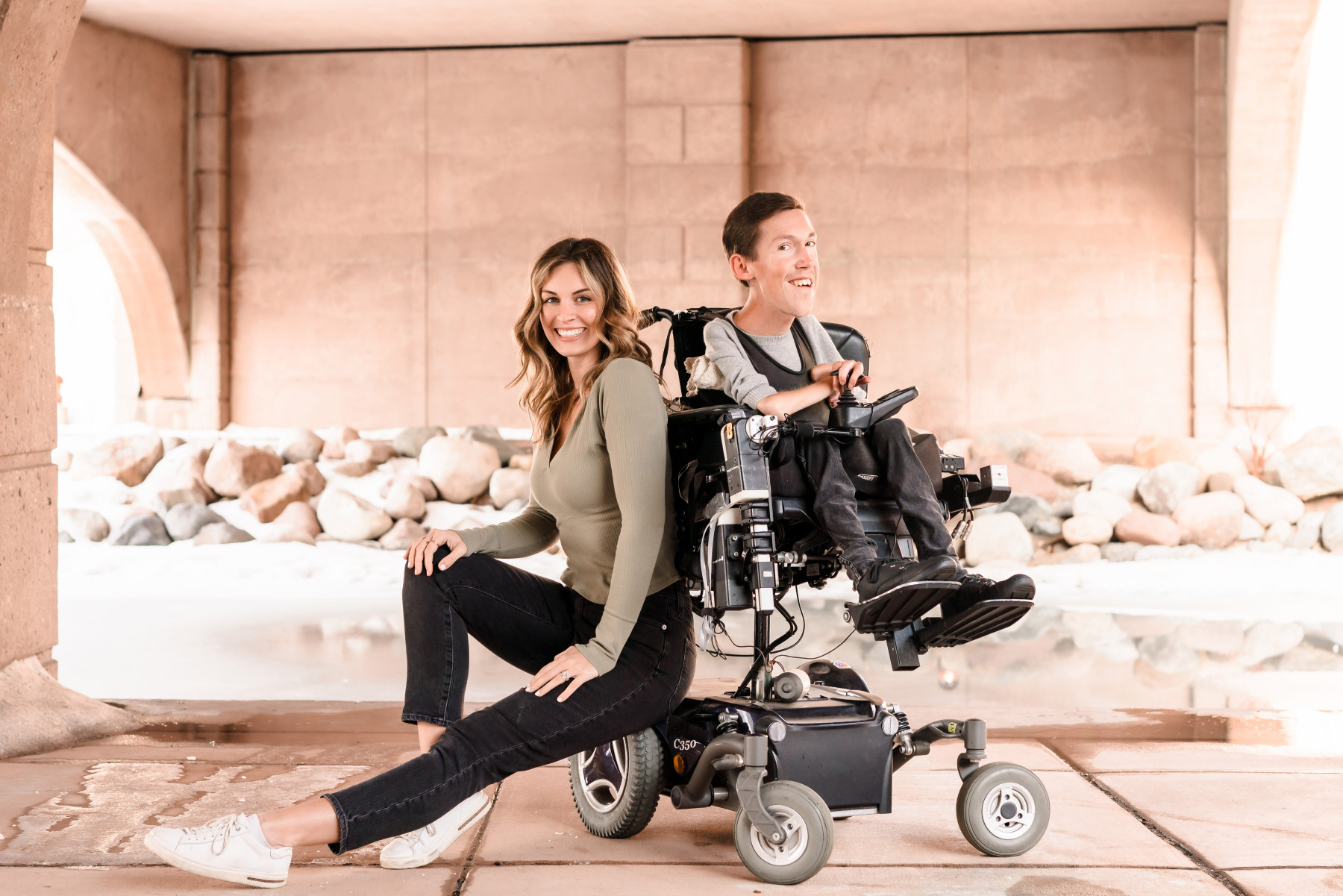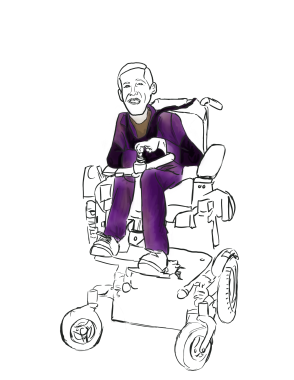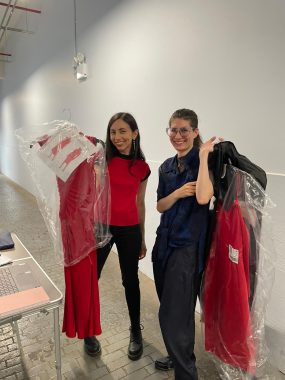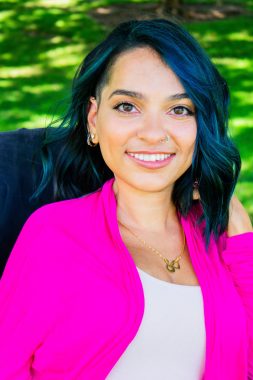Double Take, SMA Runway Show, Features Styles With Accessibility
Open Style Lab and SMA My Way bring fashion to people with disabilities
Written by |

Shane Burcaw and wife, Hannah, are part of Thursday's Double Take fashion show. (Photo by Studio Twelve:52)
New York Fashion Week is known for its statement dresses and elegant models. But this year, one runway show will be slightly different, featuring people in wheelchairs wearing clothes designed for both fashion and accessibility.
Models with spinal muscular atrophy (SMA) will drive down the runway on Sept. 8 sporting clothing designed by the Massachusetts Institute of Technology-initiated nonprofit Open Style Lab. Called Double Take, the Midtown Manhattan show is being funded by Genentech, the maker of Evrysdi (risdiplam), via the company’s community-based initiative SMA My Way.
Open Style Lab recruited six of its design fellows to collaborate with 11 SMA patients to create looks that will make a mark on the world-renowned fashion summit. Four nondisabled family members will also take part.
Among the participants will be SMA type 2 patient Shane Burcaw and his wife, Hannah, who have a popular social media presence. The fashion show will be livestreamed on the couple’s YouTube channel Squirmy and Grubs starting at 10 a.m. ET. It will also be streamed later in the week via New York Fashion Week’s channel.
Access to fashion

A designers’ sketch for the outfit Shane Burcaw will wear at Double Take on Sept. 8. (Photos courtesy of Genentech)
The mission of Open Style Lab, founded in 2014, is to make fashion more accessible to people with disabilities. For Andrea Saieh and Jenna Dewar, two designers and teammates on the Double Take project, that meant designing outfits which their models wanted to wear without worrying about how they would get them on.
“We both really wanted them to feel great and to feel like themselves and powerful, and they could really express who they were and what they were wearing, which is something that they told us had been really hard for them,” said Saieh, who runs her own professional women’s fashion line out of Colombia.
For a long time, Saieh said, fashion models have looked the same — thin, tall with a plastered-on smile. While she appreciates their beauty, it’s not representative of the world, she said during an interview with SMA News Today. “It’s not showing society as it is. And for kids growing up, I think what are we teaching new generations?”
Social media might be changing all that, Saieh said. It’s one reason Double Take is part of New York Fashion Week in 2022, as opposed to years past.

Jenna Dewar and Andrea Saieh are two of the six designers on the Open Style Lab project. (Courtesy of Genentech)
“I do feel like social media has been a big part of, like, everyone getting their own voice and people actually hearing what real humans are feeling and thinking,” Saieh said.
Shane Burcaw agrees that fashion has come a long way. Earlier adaptive clothing was “medical” and had no style, he said.
“This fashion show is all about showing that function and style can go hand-in-hand. They’re not mutually exclusive,” he said. “I hope it’s a moment that the fashion industry takes seriously and they have their eyes opened a little bit and they say, ‘Wow, you know, look at all this amazing, good-looking clothing that was made with accessibility in mind.’”
Michael Dunn, senior marketing director for neurologic rare disease at Genentech, told SMA News Today that fashion was a theme during various listening sessions with the adult SMA community. Their interest helped to spur a fashion show’s creation.
SMA success stories
The show marks the latest SMA My Way initiative since its 2020 launch. The organization’s goal is to increase awareness about the SMA community and showcase its successes. Recently, Genentech also partnered with singer-songwriter James Ian, who has SMA type 3, to create “Spaces,” a song about how those with disabilities often feel invisible, and the company worked with the director Dominick Evans, also a type 3 patient, to film a music video for the song.
Open Style Lab gave its designers stipends to buy clothes and materials to make alterations. But these artists flew out to New York on their own dime with the hope of changing the way fashion is perceived. Dewar rented an Airbnb apartment in the city so the designers would have room to spread out when they didn’t have access to the Open Style Lab design studio.
Over the past six weeks, Saieh and Dewar and two other design teams have been hard at work balancing the difficulties that come with dressing people with SMA with a sense of fashion. It was a back-and-forth effort conducted over Zoom because of COVID-19 precautions.

Sawsan Zakaria, a model and actor with SMA type 2, will be part of the Double Take fashion show. (Courtesy of Sawsan Zakaria)
Dewar felt inspired during her first meeting with Sawsan Zakaria, a model and actress with SMA type 2. Zakaria enjoys dressing up, but acknowledges it’s a difficult endeavor for people with physical disabilities.
“When we were doing our collaboration, one thing we talked about is there’s a lack of accessibility in the fashion world on the fancier side — those are the hardest clothes for people with disabilities to get on,” Zakaria said. “I think where the inspiration came from was, like, OK, these are the type of clothes that we want to wear, but they’re the hardest for us to wear and to find.”
Her outfit for Thursday’s show blends many of Zakaria’s fashion preferences and personality with Dewar’s experience studying apparel technology. The heart of it is a beaded chainmail belt, which took hours for Dewar to create.
One of Saieh’s most memorable outfits came from Burcaw. He asked Saieh and Dewar to create something that was comfortable for him in his chair, yet still looked fashionable.
Saieh and Dewar completely rethought pants for his outfit, knowing they could scrap the requirement that the pants be comfortable to walk in because Burcaw always uses a power wheelchair. The designers came up with a system that allowed him to attach the front side of dress pants to his more comfortable sweatpants.
Fashioning a different style
Despite challenges with fashioning the clothes — mainly a lack of floor space for the designers to work with — Dewar said thinking of the needs of SMA patients gave them more creative liberty.
“Ease of movement is not something we really need to consider,” said Dewar, who studies industrial design. “If you consider the opportunity of a different body type, there’s actually a lot of ways to use that to create new innovations and style and create really exciting things.”
Dewar was diagnosed with multiple sclerosis last summer, and said the diagnosis helped her begin to understand how many fine motor skills were required for zipping up pants or buttoning a shirt. She became aware that clothes are not designed for people with disabilities — an experience, she said, that left her fully invested in adaptive clothing.
Dewar hopes Double Take will inspire fashion visionaries, companies, and influencers to see a different future for the industry.
“I think fashion often is stuck in a very traditional mode of creating, and it doesn’t change. As much as fashion styles change, the process doesn’t,” Dewar said. “And I think it’d be really exciting for the fashion industry to realize there’s so much more potential that they’re leaving on the table for not having these different voices included.”








